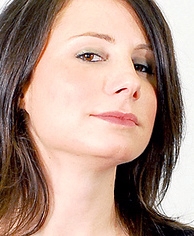Sustainable Industrial Design Initiative

The Sustainable Industrial Design Initiative is a student-centered effort to instill the values of circular design and implement circular strategies in the Industrial Design program at DAAP. We seek to educate and inspire designers to change the way they think about Industrial Design as a connected part of the world and society.
Current Structure & Goals
We have identified 3 core areas of focus for the future of sustainable design in the curriculum which build on one another:
- Sustainable Design Theory and Practice
- Materiality
- Community Engagement
Sustainable Design Theory and Practice
We expect our education to reflect principles beyond those of a traditional design curriculum in order to adapt to the changing environment of today. We must use sustainable design thinking as well as technical skills to actively engage the world and ecosystem as an additive, positive force rather than a negative or neutral force. We can inspire and open the minds of young people to new solutions rooted in education about future sustainable design practices.

Materiality
Materiality is inherent to our work as designers. It encompasses properties like texture and color, how humans and the environment react to an object, and how that object reacts to external factors. While materiality is integral to the built and constructed world in which we innovate, it is interwoven with environmental repercussions. Not only is the environmental impact of materiality felt in the buildup of global waste, but also in the manufacturing processes to make those materials, the fuel to ship them, and the human cost of unethical labor. As designers, we experience materiality intimately. For this reason, we request a heightened focus on materials in order to intimately understand the life cycles of physical products.

Community Engagement
Sustainability encompasses not only environmental principles, but also the practice of working in a way that actually creates change. In order for designers to make environmental change, we must learn how to collaborate in communities, large and small, to turn our design skills outward. This engagement will allow us to begin to implement solutions to environmental and social design problems, and put the sustainability principles we learn in Focus 1 & 2 into practice.
In addition to putting students’ designs to work in the world, encouraging collaboration would provide students with important opportunities to grow the Co-Op list and find connections for future careers.

Contact for Questions


Claudia Beatriz Rebola,
Associate Dean for Research, Associate Professor
513-556-4239